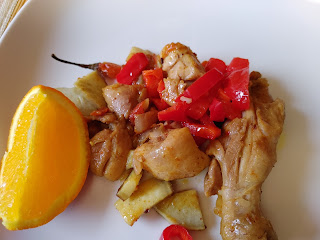Mama in All Languages
Mama, in all world languages.
On the bus, a lucky boy was in his stroller talking to his mama. Lucky boy indeed because she was not on her cell, the current trend. She bent down to his level and talked to him in what I assumed to be either Vietnamese, Korean, Chinese or another Asian language.
He laughed and put his hands on his mother’s face ‘Mama.’ So much love from that little boy, it made bus passengers smile! What struck me was mama and I wondered how he could say a word that is common in most countries in Africa, in its long and short form (Ma).
Asia and Africa are miles apart geographically, linguistically and culturally, yet their kids have the same source of reference for women who brought them into this world after nine months. Mama.
Who taught that little boy to say mama? Are they taught at all? Is it natural like teeth, that sprout out at a certain age and make babies cry? Rhetorical questions that don’t need an answer.
I was reminded of that little boy when I came across a sculpture they named Niimaamaa at The Forks. I hadn’t taken that route for quite some time so I was surprised to see it.
Canada had indigenous people such as the Cree, Dakota, Dene, Ojibwe, Lakota etc, that lived here before the Royal Navy invaded North America. They are still here with their languages, like Ama-Zulu, ama-Xhosa, ama-Mpondo, abe-Suthu, ama-Venda etc. in South Africa.
The sculpture says niimaama means my mother. Mother has a religious connotation for Canada’s and U.S. First Nations because they regard the earth as the mother of life, the giver. Their ceremonies always pay tribute to Mother earth, niimaamaa.
Who cares? We want development now, how we dispose of industrial waste that pollutes rivers, the sea and the land is not our business. Future generations will deal with that problem.
By: Nonqaba waka Msimang.




Comments